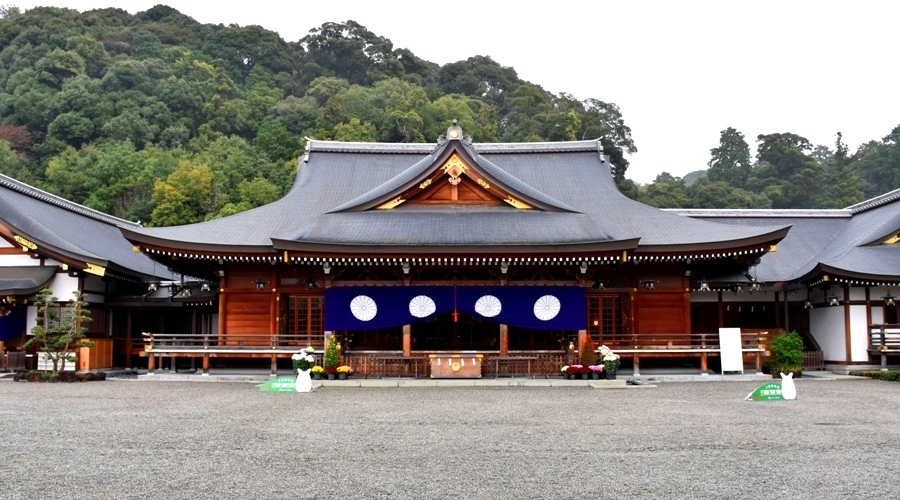Yamanobe-no-michi (The ancient highway in Nara)
During long Japanese history, ancestors have constructed a lot of roads. Some of them are still active through some revises, but others are already abandoned because of natural disasters or being replaced by the new better routes.
This ancient road "Yamanobe-no-michi" is one of them, an abandoned one. According to a common belief, it is constructed before fourth century and reputed as the oldest road which we can make sure by Japanese history books.
But it is now restored as a famous hiking trail, which is long around 35km from Nara city centre to "Tsubaichi" in Sakurai-city. The course basically goes through countryside, but there are no steep slopes or dangerous points. You don't need to be afraid of getting lost thanks to a lot of indication boards, and most of all, there are multiple fare-free public toilets along the course!
You can find plentiful informations and maps in some municipal websites such as Nara-city, Tenri-city or Sakurai-city although there are few English guidances.
BUT I have been twice (in 2015 and 2018) and taken a lot of photos around there. I'd like to deprivatize some of them and introduce major places which you can't miss, with an clumsy article below.
Trekking records
2.Nov.2015 (6.6km)
Yanagimoto stationKurozuka-kofun
Sujin-tennoryo
Omiwa-taisha shrine
Miwa station
12.May.2018 (14.4km)
Kintetsu Nara stationShin-Yakushiji temple
Byakugoji temple
Enshoji temple
Koninji temple
Shirakawa dam reservoir
Isonokami-otsuka-kofun
Furu-no-Takahashi
Isonokami-jingu shrine
Tenri station
Shin-Yakushiji temple
Shin-Yakushiji temple is in the outskirts of Nara city centre, which is established in the middle of 8th century. Yakushi-nyorai (Bhaisajyaguru, "the healing Buddha") is worshipped in this temple, but the main draw are "Jyuni-Shinsho" statues (registered in National treasures list), which are known as guardians of Yakushi-nyorai.
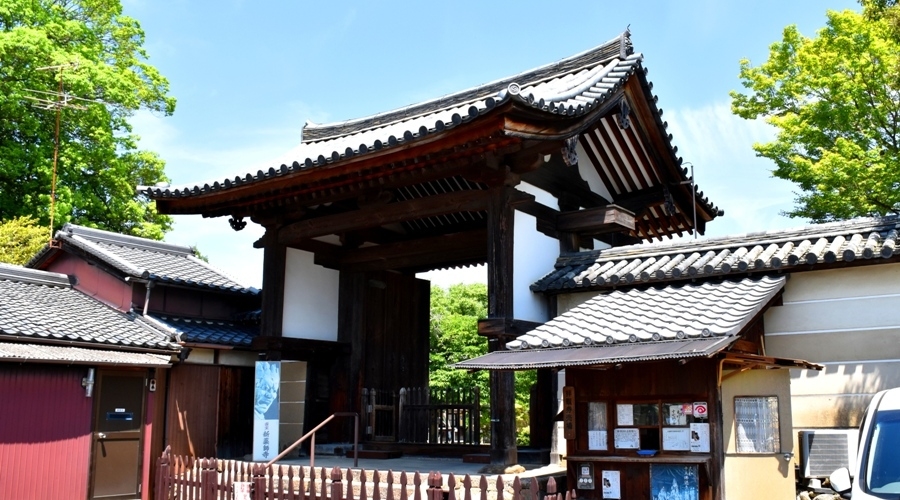
Byakugoji temple
Byakugoji temple is on the outskirts of Nara city centre, which is established in the beginning of 8th century. The main buildings are ruined in the battle era (15th century), so there are few ancient helitage in the precincts. But this temple is rather known as "a temple of flowers".
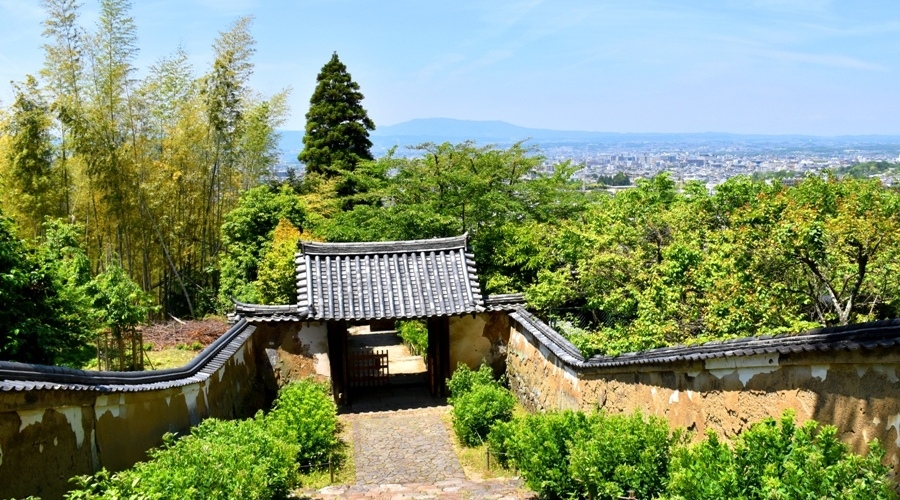
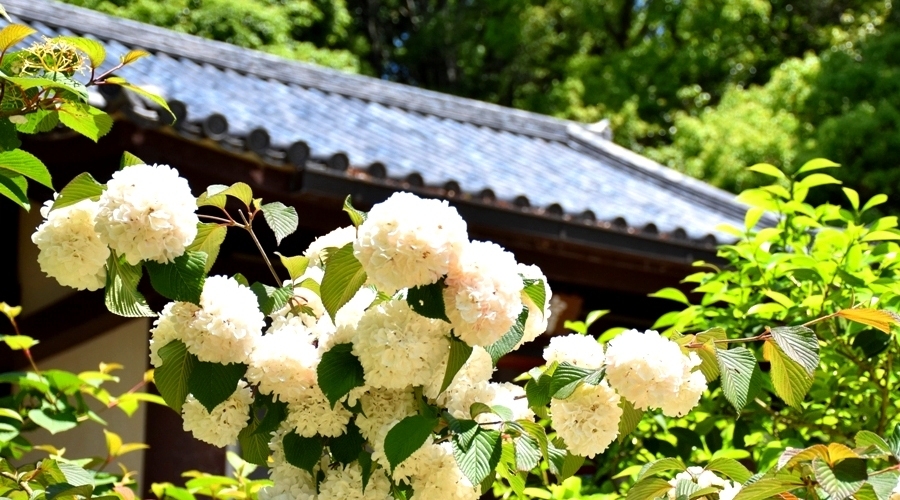
Landscapes of the road 1
Nara had flourished as the capital of ancient Japan. But once the status turned to Kyoto in the end of 8th century, this city has fallen into decline and now has one of the smallest population among prefectures. BUT because of it, a lot of good old Japanese landscapes are preserved and we can enjoy them in this journey!
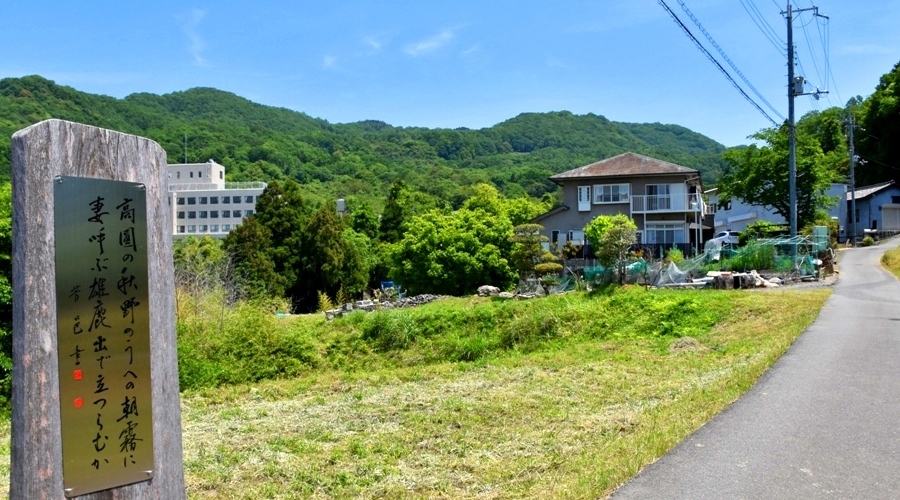
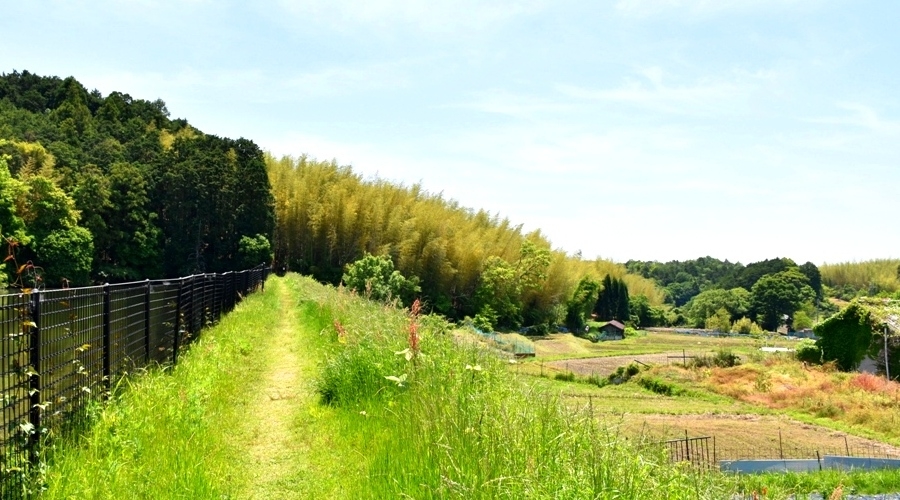
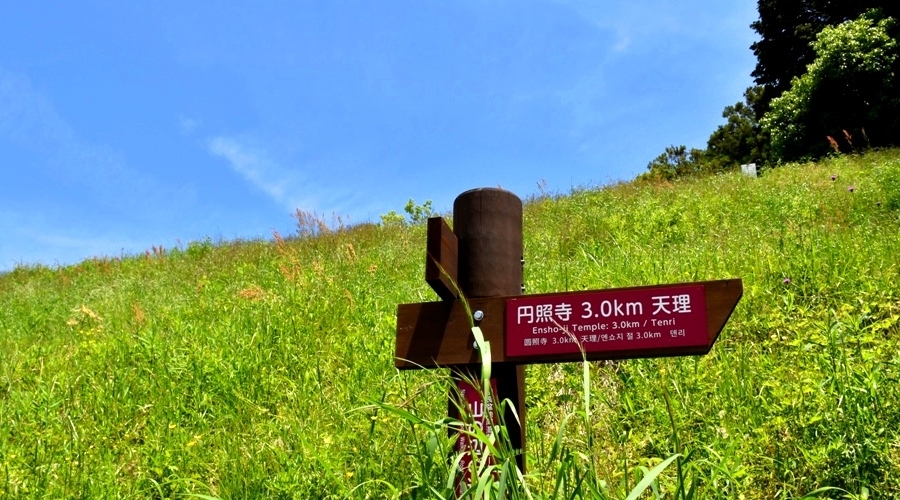
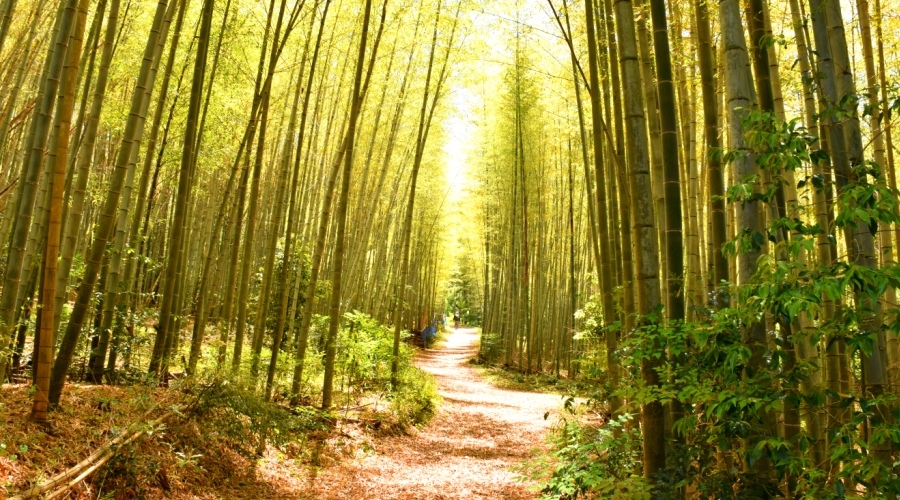
Enshoji temple
You are prohibitted to enter this nunnery temple, just walking through tranquil approach to proceed your trip.
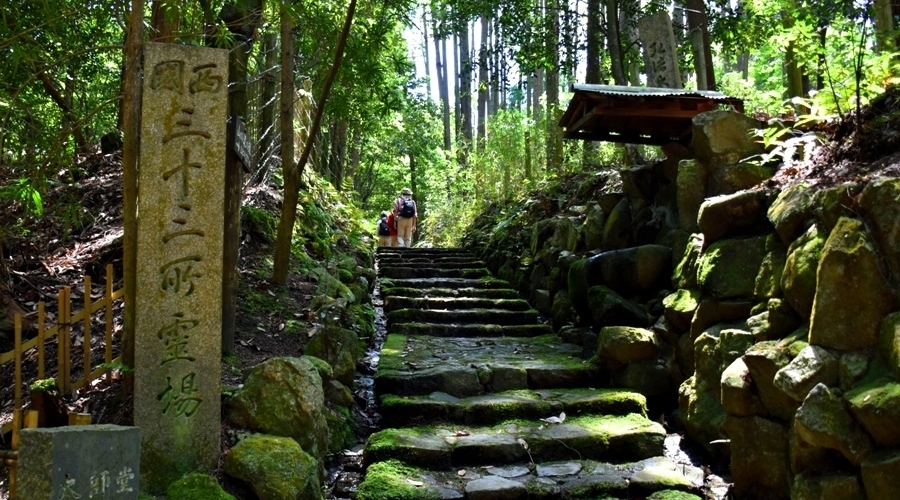
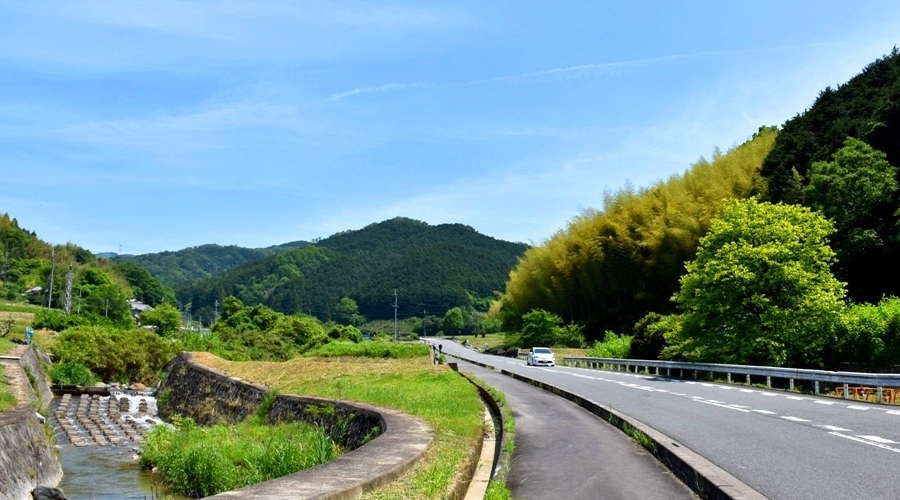
Koninji temple
Past monotonus road walking, on the hillside of "Kokuzo mountain", you can find a small temple. This is allegedly established in 8th century by Japanese super-monk "Kukai", but ruined in 16th century and re-established in 17th century. You might want to sit yourself on the bench outside in this serene precinct.
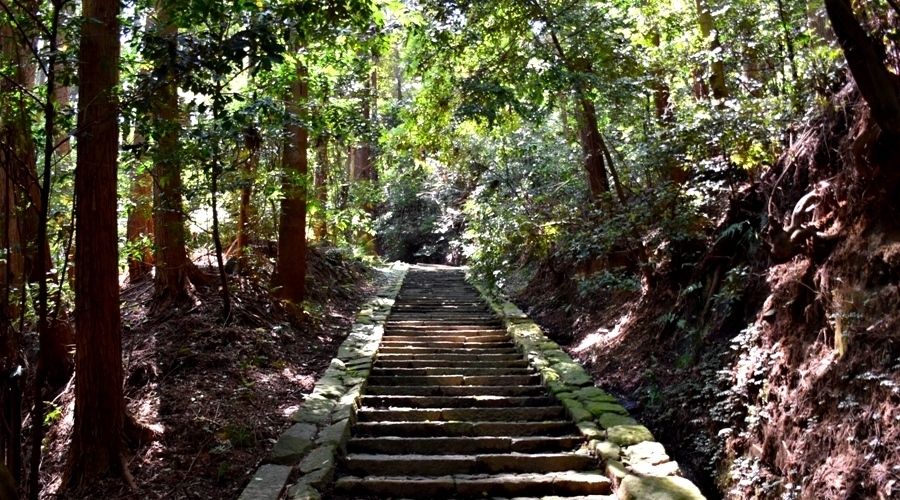
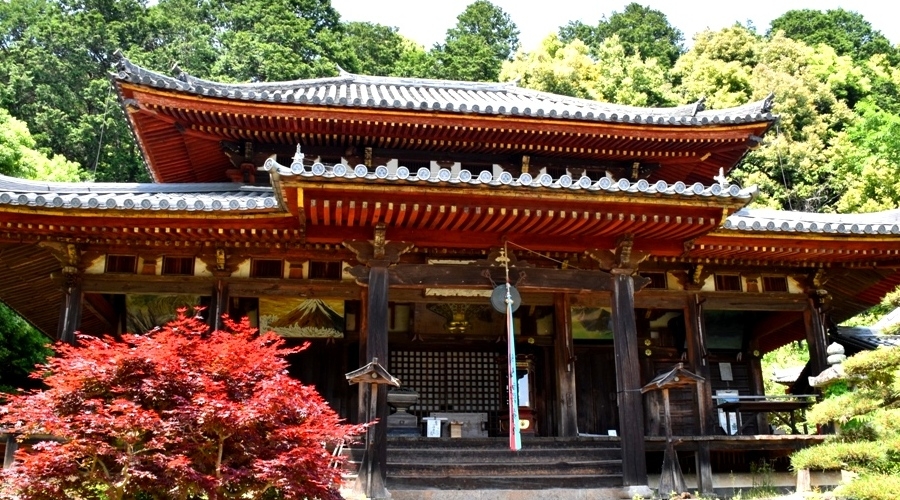
Shirakawa dam reservoir
This is a flood control dam and also provide water for fields. Around the reservoir you can stroll on the walkway with a magnificent view.
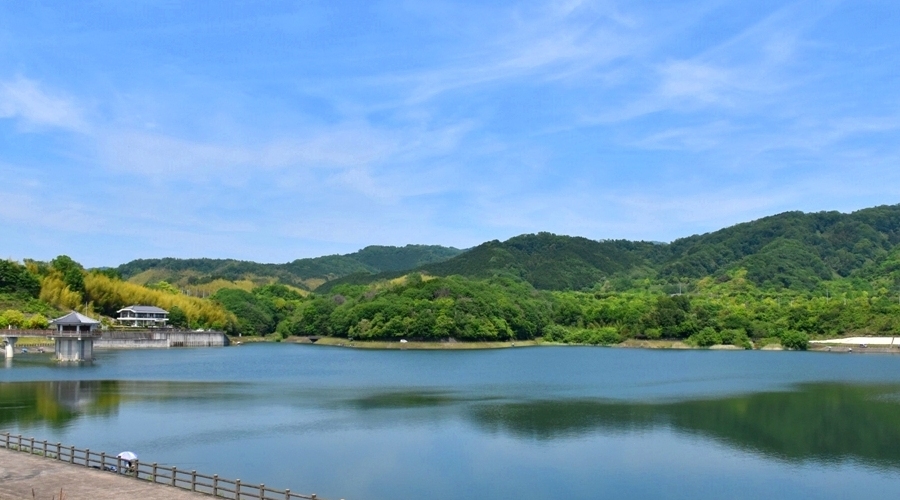
Isonokami-otsuka-kofun (mound)
This is a burial mound which is shaped square at the front and rounded in the rear (like a keyhole). But you can't make sure its shape because it has been almost ruined and there is no point to look down at this mound. You may only find the indication board in a deep bamboo forest.
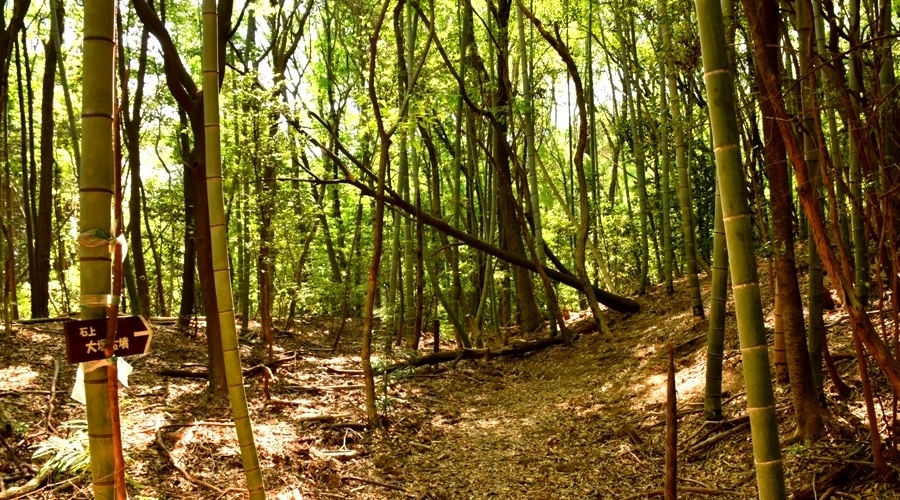
Landscapes of the road 2
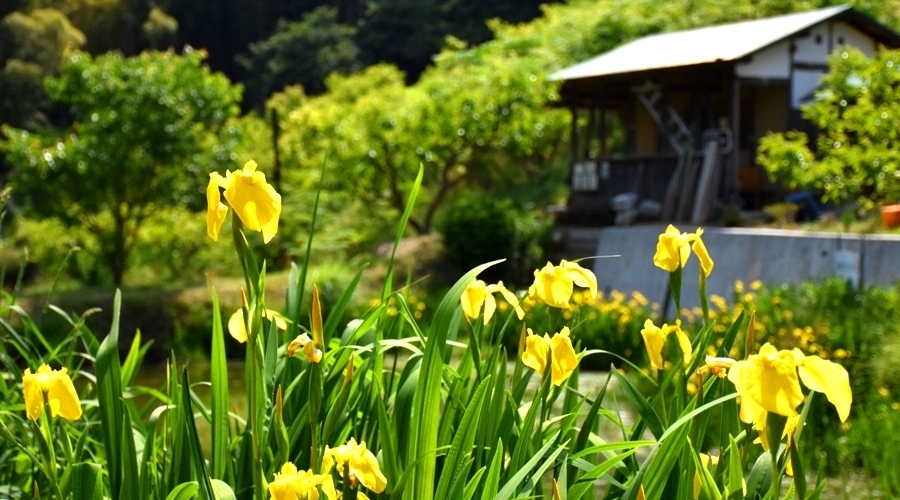
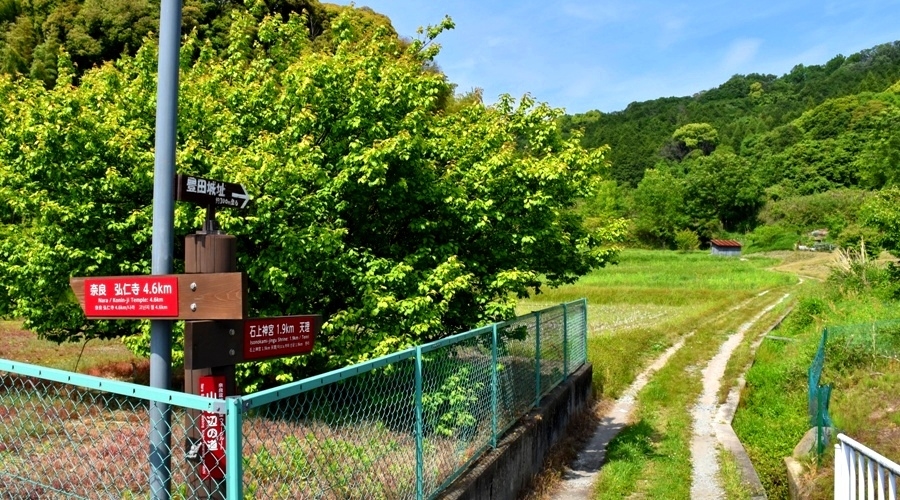
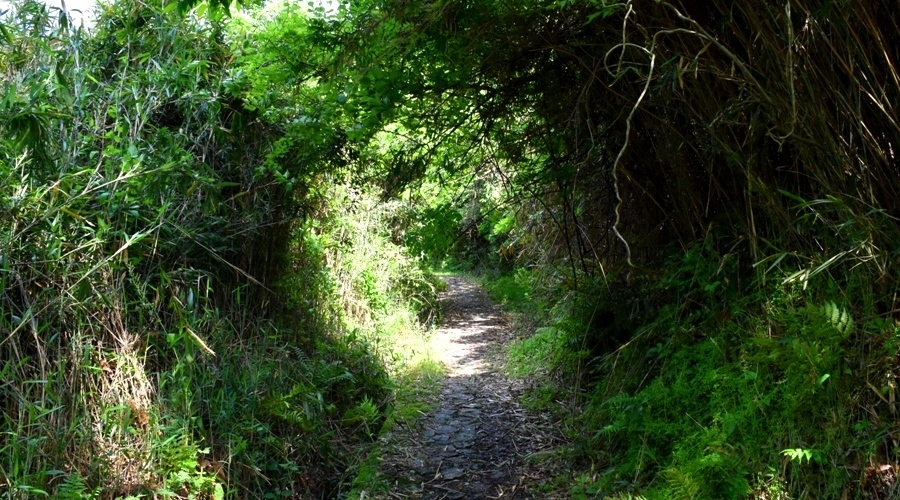
Furu-no-Takahashi
Although takahashi means "a high bridge", now it looks a ordinary small bridge. But in Nara period, when Yamanobe-no-michi was active, this bridge was famous for its height. You can enjoy a small waterfall from the bridge.
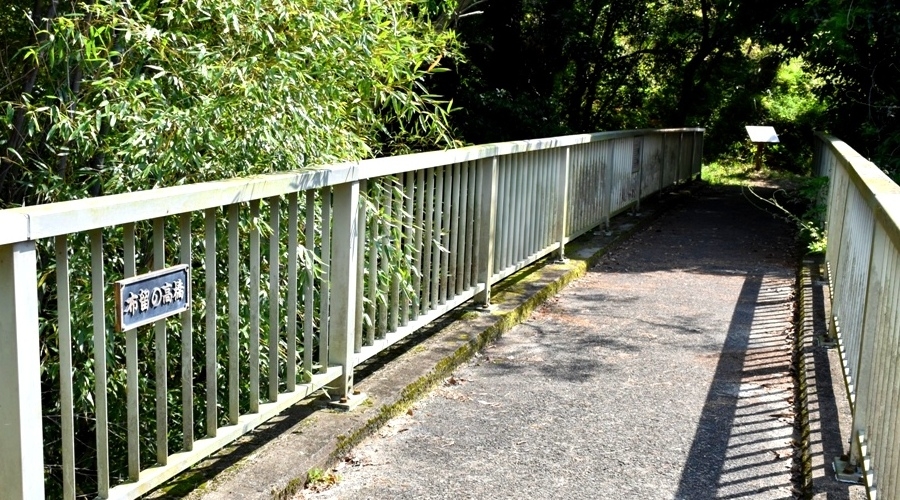
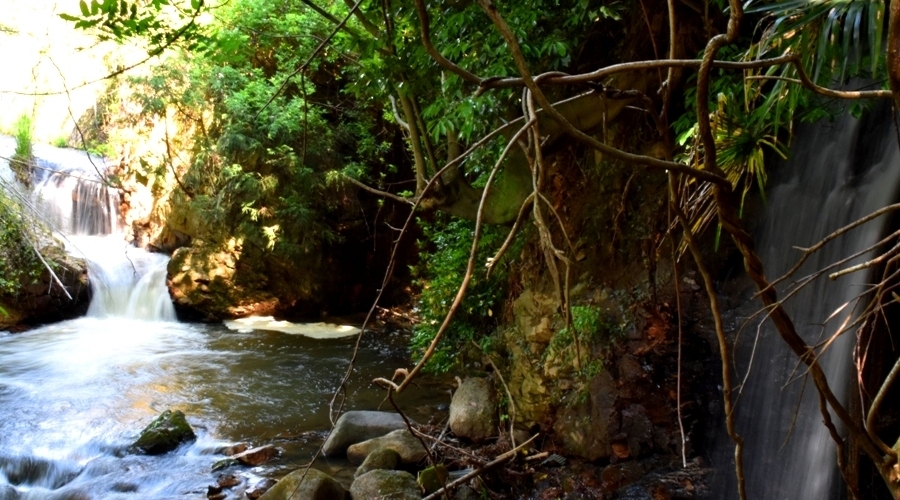
Isonokami-jingu shrine
Isonokami-jingu is said to be one of the oldest shrine in Japan and was worshipped by Mononobe clan which took a role in military policy of ancient government. This shrine holds several national treasures such as a hall of worship. The precinct is surrounded by a natural forest but relatively close to Tenri-city centre.
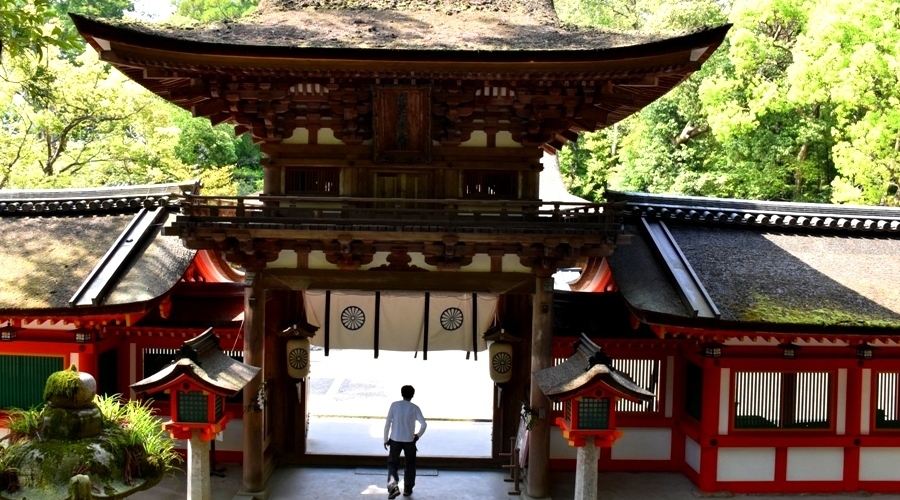
Kurozuka-kofun (mound)
This is a keyhole-shaped burial mound like aforesaid Isonokami-otsuka-kofun, but preserved far better than it. This is well-known for many millors as burial items, and you can see replicas of them in the museum next to the mound.
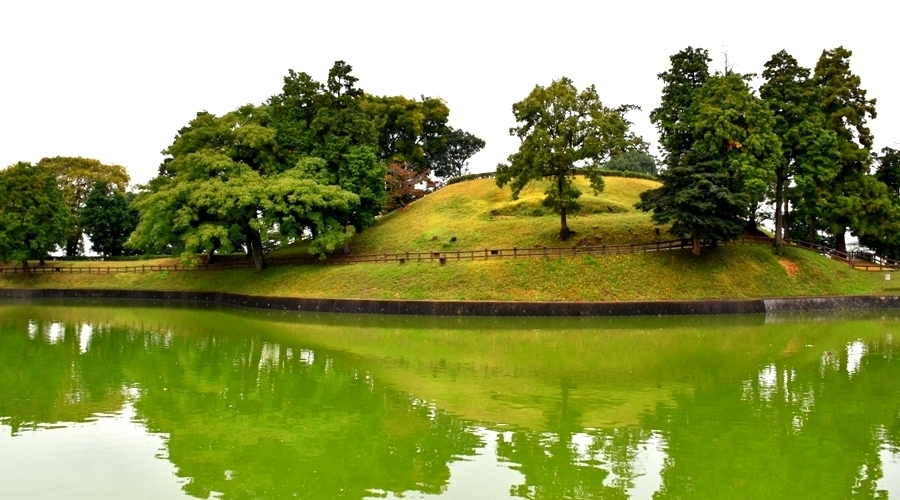
Sujin-tennoryo (an emperor's tomb)
Sujin-tenno was the 10th emperor in Japan who is said to have established "Yamato-dinasty". Obviously the scale is larger than past two mounds, and it is under the government's supervision as emperor's tomb. So you can't enter in the mound itself, but to walk around such a big mound seems to be a fun!
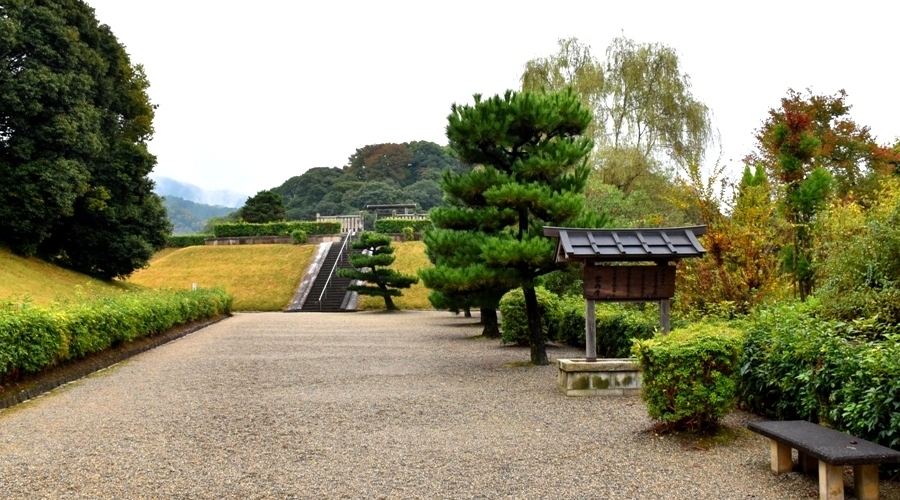
Omiwa-taisha shrine
Omiwa-taisha is one of the oldest shrines in Japan and ranked as the first place among shrines in Nara. It worships "Miwa mountain" behind the precinct, where the deity "Omono-nushi" is referred to live. Fortunately you can enter into this mountain (fare: 300yen), but taking photos are strictly prohibitted and you must adhere some other rules of worshippers.
